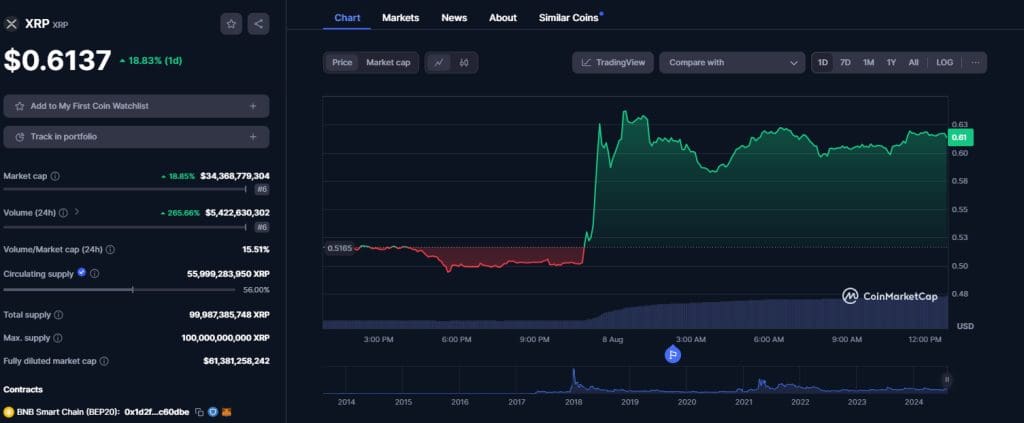Bitcoin’s hashprice hit a record low. That’s a big problem for miners
Fierce competition and the sudden crash in Bitcoin’s price have sent a measure of miner profitability to an all-time low, squeezing many that have been struggling to survive since April’s “halving” event.
Bitcoin’s so-called hashprice — a measure of miners’ revenue — dropped to a record low of less than $40 per petahash on Monday. That’s the day that global market jitters over the Japanese and US economies sent Bitcoin below $50,000.
Hashprice is an estimate of miners’ revenue that accounts for the computational power dedicated to mining Bitcoin.
The drop might be the nail in the coffin for many Bitcoin mining businesses, said Wolfie Zhao, a partner at BlocksBridge Consulting.
Much of the industry has been operating at a loss since the reward for mining new Bitcoin was halved in April.
“Who[ever] can stand longer is the winner,” Zhao told DL News.
“A lot of the smaller miners, they don’t have cash reserves, they’re not operating at a profit and may be forced to shut down.”
The halving
Bitcoin supply is capped at 21 million. As of Wednesday, there were more than 19.7 million Bitcoin in circulation.
Miners are rewarded with Bitcoin for appending blocks of transactions to the Bitcoin ledger.
The more computing power a miner has, the better its odds. But there’s a catch: winning becomes more difficult as computing power joins the network, locking miners into a never-ending computational arms race.
Additionally, the Bitcoin network automatically, irreversibly halves miners’ reward every four years. The latest so-called halving — the fourth in Bitcoin’s history — happened on April 20.
While cheered by Bitcoin proponents, who see the diminished supply of new Bitcoin as a catalyst for price appreciation, analysts predicted a bloodbath for miners.
“If it stays at the current level … at the halving, a significant number of the mining operations or mining rigs that people have within their mining operations, become unprofitable and would be turned off,” Haris Basit, chief strategy officer at Bitcoin mining company Bitdeer, told DL News in December, when Bitcoin was just above $42,000.
Winners and losers
While the price of Bitcoin surged to an all-time high of $73,000 this year, hash rate and, in turn, mining difficulty increased in lockstep.
“It’s really below the break even point for a lot of — even public miners, large-scale public miners,” Zhao said.
“That’s just the raw cost of their mining operation. A lot of the companies have corporate overhead.”
Two types of miners have been able to avoid the pain so far, according to Zhao: large, publicly traded companies that raised billions from investors prior to the halving, and those based in areas where energy is cheap, like Texas.
Large companies that raised money via equity financing are using that money to pay their operational expenses, according to Zhao, and have not been selling Bitcoin this year.
“They’re betting that it’s going to appreciate long-term,” he said.
“The pressure’s on private, smaller-scale miners who don’t have that [many] financing options, so they don’t have a lot of cash reserves.”
Zhao estimates the the hashprice for many miners would need to rise some 50% to reach a comfortable level for miners.
“Either the hash rate retracted, corrected a lot,” he said, “or the Bitcoin price keeps pumping.”
Aleks Gilbert is DL News’ New York-based DeFi correspondent. You can contact him at [email protected].






